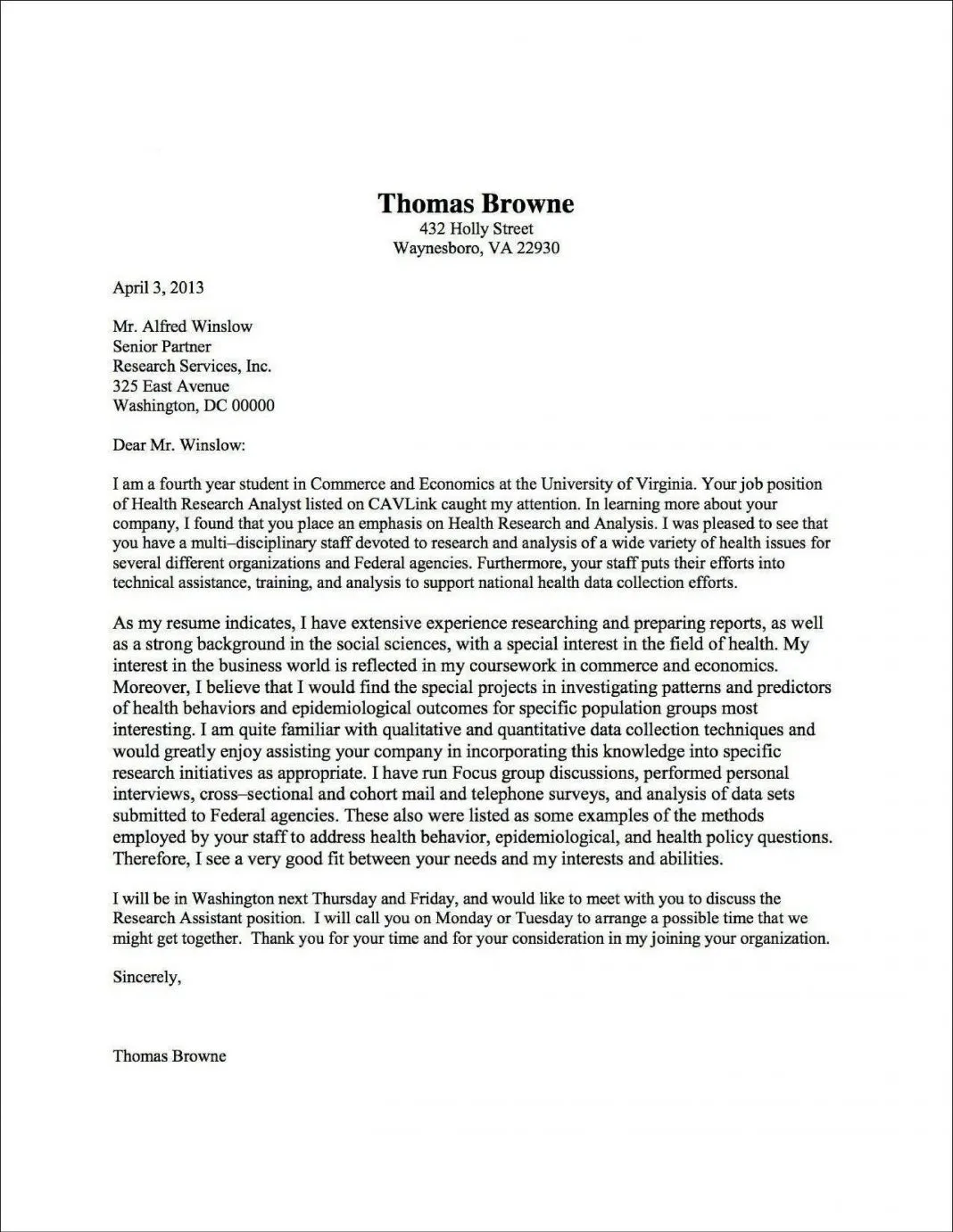Understanding the Importance of a Cover Letter
In the competitive landscape of job applications, a well-crafted sample cover letter can be your most powerful asset. It’s more than just a formality; it’s your first introduction to a potential employer, a chance to make a lasting impression, and a critical factor in determining whether your application will be considered. Unlike a resume, which is a factual summary of your experience and skills, a cover letter provides an opportunity to tell your story, express your enthusiasm, and showcase how your unique qualifications align with the specific requirements of the job and the culture of the company. Think of it as a marketing document that sells you as the ideal candidate. A great cover letter can significantly increase your chances of getting an interview and ultimately, landing your dream job. The impact of a well-written cover letter can’t be overstated. It separates you from the masses of applicants who might be sending generic or uninspired applications.
Why a Cover Letter Matters
A cover letter adds context to your resume. It explains why you’re interested in the specific role and company. It highlights the skills and experiences that make you a perfect fit for the job. Moreover, a cover letter enables you to express your personality and demonstrate your communication skills. It’s your chance to showcase your writing abilities and your ability to articulate your value proposition. Many hiring managers and recruiters look for a well-written cover letter as an indication of a candidate’s attention to detail, communication skills, and genuine interest in the position. In many cases, a strong cover letter can compensate for a slightly weaker resume, providing an opportunity to explain any gaps in your employment history or address any concerns the employer may have. A cover letter shows that you care enough to put in extra effort.
Making a Great First Impression
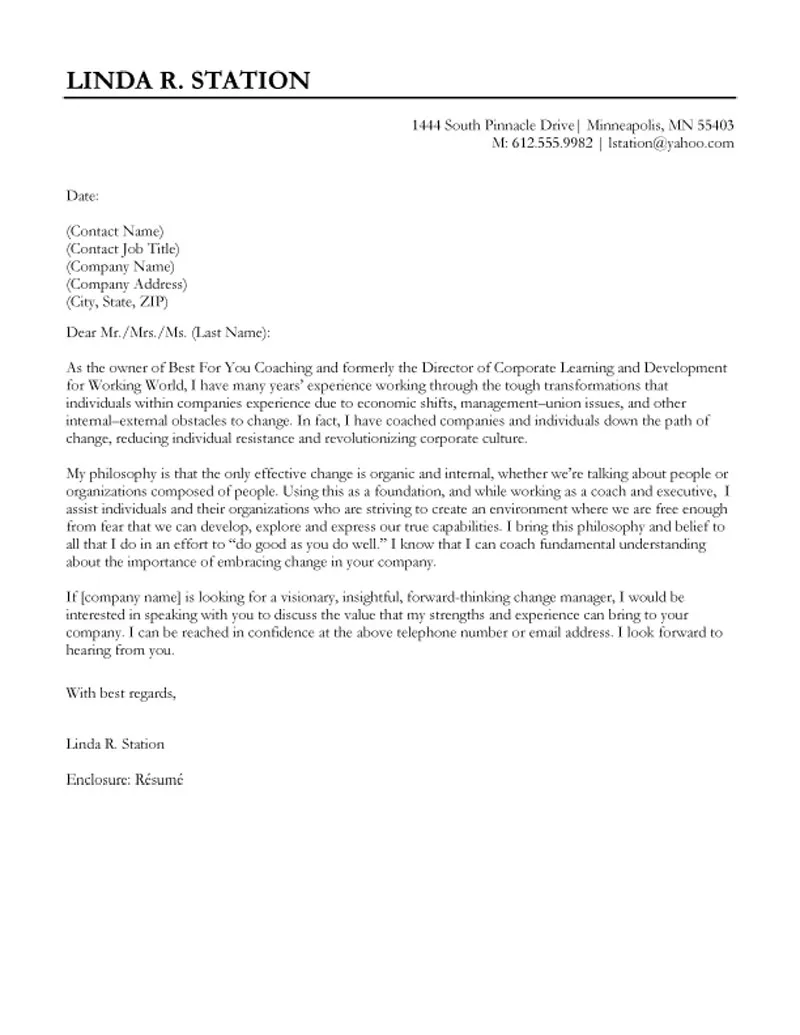
The first impression you make on a potential employer can make or break your chances of getting hired. A well-written cover letter immediately grabs their attention, showing that you’ve put in the necessary effort to tailor your application to the specific job and the company. The layout and formatting of your sample cover letter are extremely important to create that positive impression. A neat, well-organized, and error-free letter shows professionalism. The content is equally important; it should be concise, relevant, and engaging. Begin with a strong opening that captures the reader’s attention and clearly states your purpose for writing. Throughout the letter, emphasize how your skills and experience align with the job requirements and what unique value you can bring to the company. Ending with a confident and enthusiastic closing paragraph that reiterates your interest will solidify the positive first impression.
Key Components of a Sample Cover Letter
A well-structured sample cover letter typically comprises several key components, each serving a specific purpose in conveying your qualifications and interest in the job. These include your contact information, the date, the recipient’s details, a formal greeting, the body of the letter where you highlight your skills and experiences, and a strong closing. A clear and well-organized structure makes it easy for the hiring manager to quickly understand your background and how it aligns with the job requirements. The absence of even one of these components can make your application feel incomplete or unprofessional. Paying attention to detail and ensuring that each element is correctly included and well-written demonstrates your commitment to excellence and your ability to follow instructions.
Your Contact Information
Start your cover letter with your contact information at the top. This typically includes your full name, address, phone number, and email address. This information should be clearly displayed and easy to find. Make sure your email address is professional and appropriate; avoid using nicknames or unprofessional addresses. Also, be sure the phone number is one you check regularly and that the voicemail is set up to receive messages. The goal is to make it easy for the employer to contact you if they want to schedule an interview. Ensure all of the provided information is accurate and up-to-date.
Formatting Your Contact Details
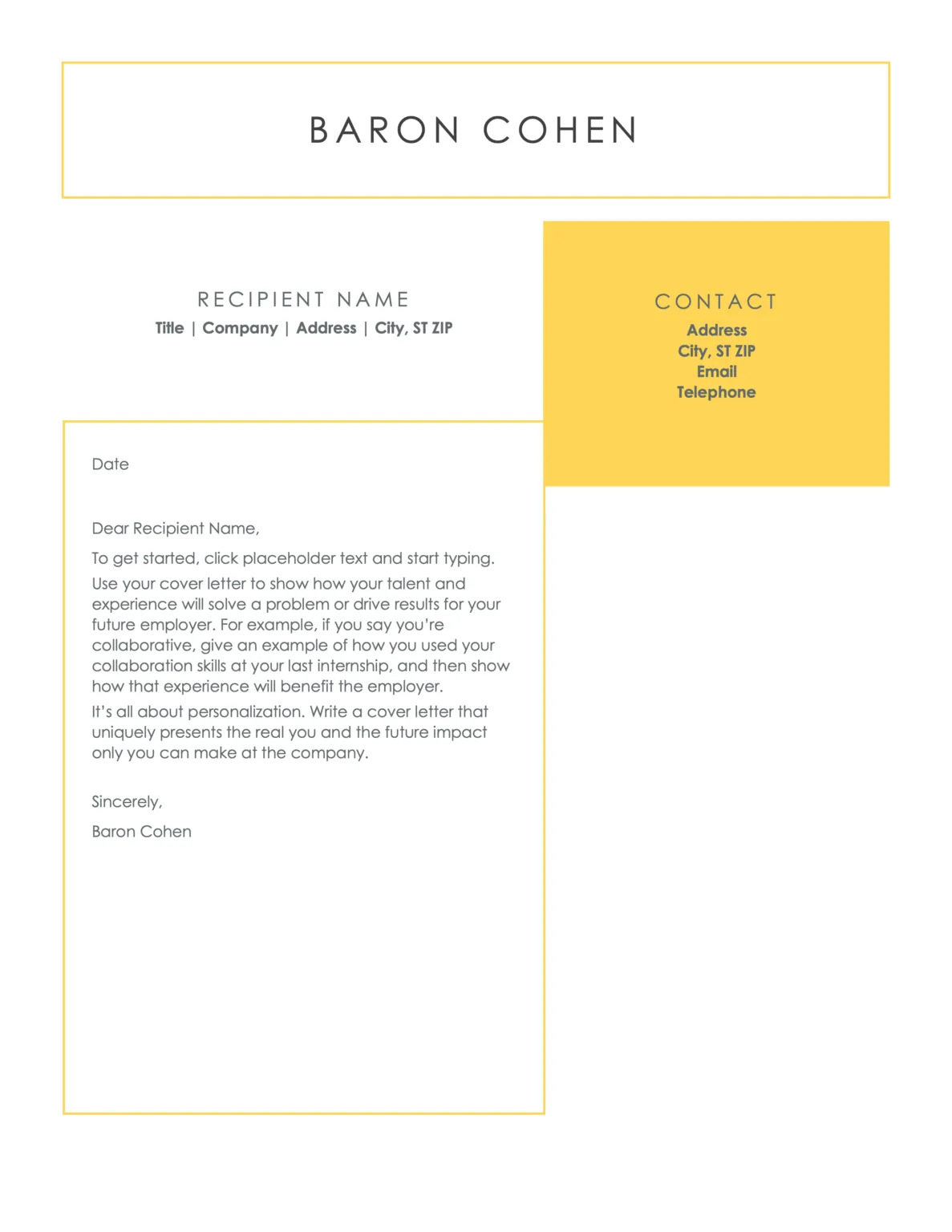
When formatting your contact information, use a clean and consistent layout. While there is no rigid format, many applicants choose to align this information to the left or right side of the page. Ensure readability by using a standard font and a font size that is easy on the eyes (e.g., 10-12 points). You can also include a link to your LinkedIn profile if you have one. This provides the recruiter or hiring manager with additional information about your professional background and achievements. Keeping your formatting consistent throughout the entire cover letter is key to maintaining a professional appearance.
The Date and the Recipient’s Details
After your contact information, include the date and the recipient’s details. The date should be the current date when you’re submitting the application. Underneath, provide the hiring manager’s name (if known), their title, the company name, and the company address. If you’re unsure of the hiring manager’s name, research the company website or LinkedIn to find the correct contact. Addressing your letter to a specific person shows that you’ve done your research and are genuinely interested in the position. This simple step can make your application stand out from generic submissions. Always double-check the accuracy of the recipient’s details to ensure your letter reaches the right person.
Greeting the Hiring Manager
The salutation sets the tone for the rest of your cover letter. If you know the hiring manager’s name, use a formal greeting such as ‘Dear Mr./Ms./Mx. [Last Name]’. This personalized approach demonstrates respect and attention to detail. If you are unsure of the hiring manager’s name, you can use a more general greeting, such as ‘Dear Hiring Manager’ or ‘Dear [Department Name] Team’. Avoid overly casual greetings like ‘Hi’ or ‘Hello’. Ensure you address the recipient correctly to ensure a professional first impression. Also, double-check the spelling of the name to ensure accuracy.
The Body of Your Cover Letter
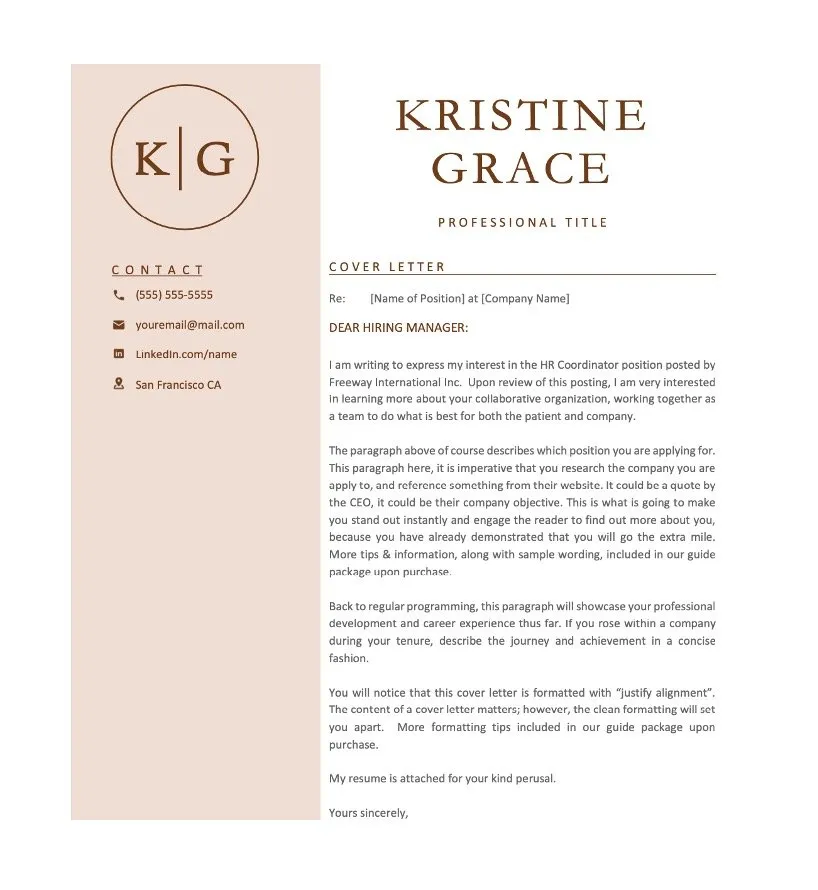
The body of your cover letter is where you present your qualifications and convince the hiring manager that you’re the right person for the job. This section should be divided into several paragraphs that effectively communicate your skills, experience, and enthusiasm. Maintain a professional and engaging tone throughout the body. The content should be concise, relevant, and tailored to the specific job requirements. Avoid generic statements and focus on providing specific examples of your accomplishments and how they align with the job description. Each paragraph should serve a distinct purpose, building a compelling narrative that showcases your value as a candidate.
Opening Paragraph Essentials
Your opening paragraph is the hook, the first opportunity to grab the reader’s attention. Start by clearly stating the position you’re applying for and where you found the job posting. Then, immediately express your interest in the role and the company. The goal is to create a strong initial impression and encourage the reader to continue reading. Briefly highlight one or two key skills or experiences that make you a strong candidate for the position. Make sure your opening reflects your genuine interest. By doing so, you’ll immediately set the tone and show the hiring manager why you are an excellent fit for the role. Avoid generic opening lines like ‘I am writing to apply for the position of…’.
Highlighting Your Skills and Experience
In the main body of your cover letter, you must elaborate on your relevant skills and experiences. Identify the key requirements outlined in the job description and then provide specific examples of how you’ve demonstrated those skills in previous roles. Use the STAR method (Situation, Task, Action, Result) to structure your examples. Describe the situation you were in, the task you were assigned, the actions you took, and the results you achieved. Quantify your accomplishments whenever possible. Provide examples that illustrate the scope and impact of your work. This approach shows, rather than tells, the hiring manager what you are capable of and what you can bring to the role. It helps them quickly assess your qualifications and how you align with the specific needs of the job.
Quantifying Your Achievements
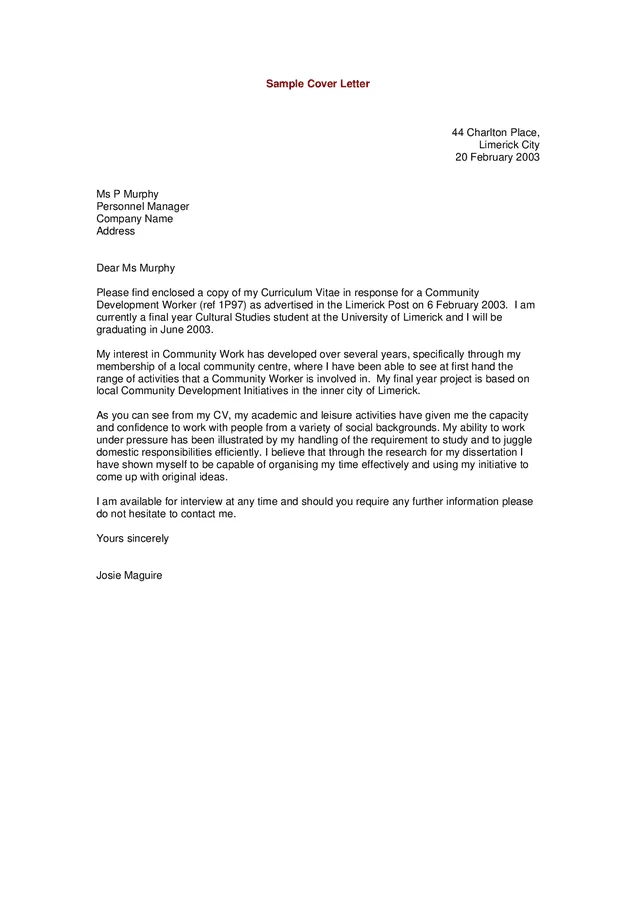
Quantifying your achievements is a powerful way to demonstrate your impact and the value you bring to the table. Instead of simply stating that you ‘increased sales’, provide specific numbers or percentages, such as ‘increased sales by 15%’. Whenever possible, back up your statements with data. Use metrics and statistics to highlight your contributions and provide a clear picture of your accomplishments. This approach makes your achievements more tangible and more credible to the hiring manager. For example, instead of saying that you ‘managed a team’, state that you ‘managed a team of 10 employees, resulting in a 10% improvement in productivity’. By adding numbers, you transform generic claims into compelling evidence of your abilities.
Tailoring Your Letter to the Job
One of the most crucial aspects of a successful cover letter is tailoring it to each job you apply for. This means carefully reading the job description and highlighting the skills and experiences that are most relevant to the specific role. Avoid sending a generic letter. Demonstrate that you’ve taken the time to understand the company and the position. Research the company’s values, mission, and culture and then explain how your skills and experience align with those aspects. Show the employer why you are a perfect fit for the role. Tailoring shows that you’re genuinely interested in the opportunity and that you’ve put in the effort to understand the requirements. Personalizing your cover letter significantly increases your chances of getting noticed and selected for an interview.
Closing Your Cover Letter
The closing of your cover letter is your final opportunity to reinforce your interest in the position and leave a lasting impression. This section should be concise and professional, reiterating your enthusiasm and clearly stating your next steps. Always express your gratitude for the reader’s time and consideration. Your closing remarks should be confident, and they should reiterate your interest in the position. Make sure that you provide a clear call to action. By finishing with a well-crafted conclusion, you will reinforce your key selling points and increase the likelihood of being contacted for an interview.
Expressing Gratitude
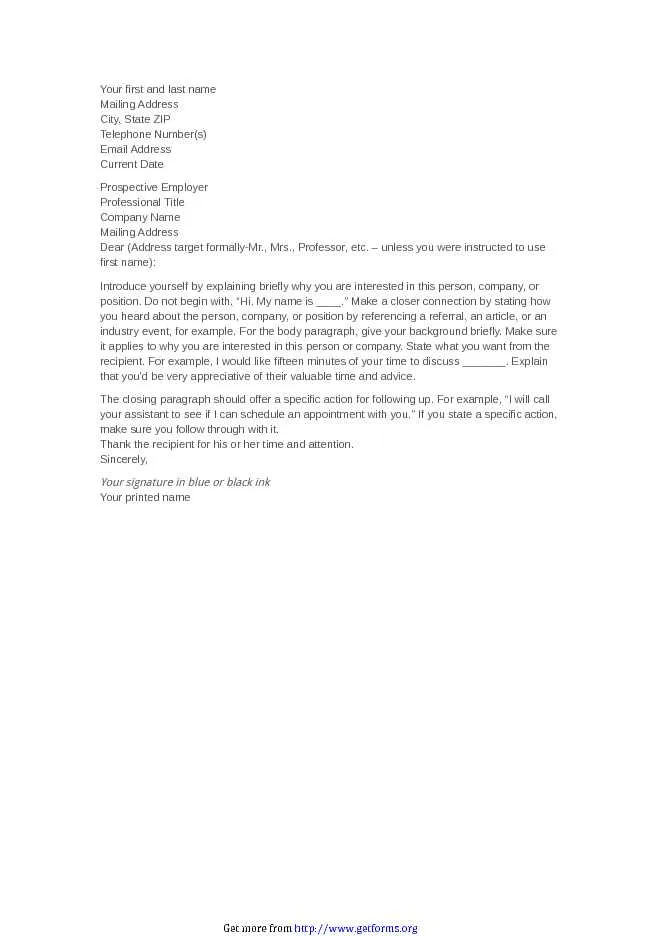
Always express your gratitude to the hiring manager for considering your application. Thank them for taking the time to read your cover letter and review your qualifications. A simple statement, such as ‘Thank you for your time and consideration’ demonstrates respect and professionalism. Show the employer that you appreciate the opportunity to be considered for the role. This small gesture leaves a positive impression and reinforces your courtesy. Being polite and appreciative is an essential part of any professional communication.
The Proper Closing and Signature
The proper closing and signature are important parts of a professional sample cover letter. Use a professional closing like ‘Sincerely’, ‘Best regards’, or ‘Yours sincerely’. Avoid informal closings like ‘Thanks’ or ‘Cheers’. Following the closing, leave a few lines for your handwritten signature, then type your full name below. If you’re submitting your cover letter electronically, you can simply type your name. The closing and signature create a polished appearance and further emphasize the professional nature of your application.
Proofreading and Formatting Tips
Before submitting your cover letter, it’s essential to carefully proofread and format it. A polished cover letter is a clear indication of your attention to detail and professionalism. Correcting errors and ensuring that the layout is clean and easy to read can significantly increase your chances of making a positive impression. Proofreading goes beyond just spelling and grammar; it also ensures the tone is appropriate and that the content is clear, concise, and tailored to the job.
Avoiding Common Mistakes
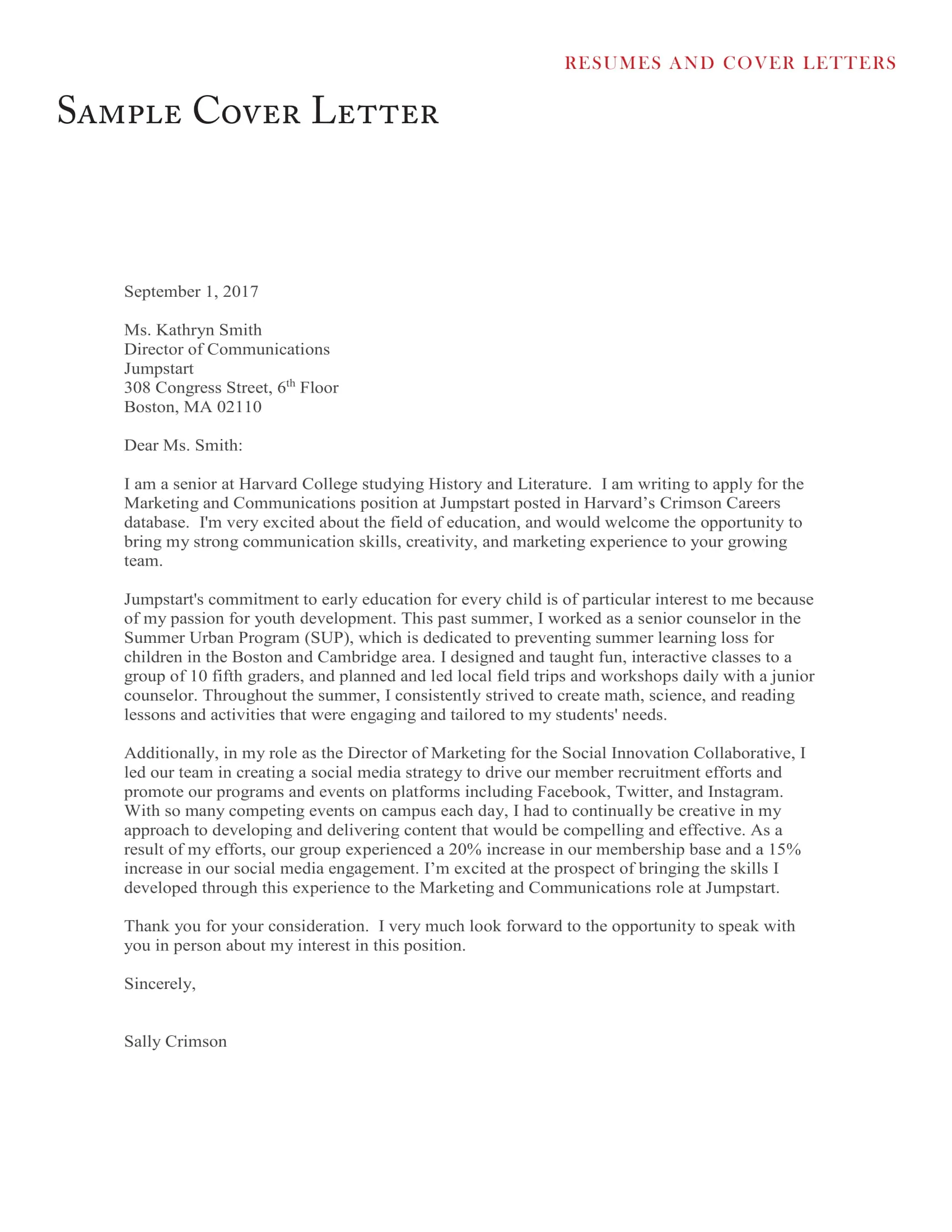
Avoiding common mistakes is critical in creating a successful sample cover letter. Some of the most common errors include typos and grammatical errors, which can damage your credibility. Do not use generic language and phrases. Make sure you tailor each letter to the specific job. Avoid being too long; keep it concise and relevant. Don’t provide information that isn’t necessary or is already in your resume. Ensure your content is not negative or complaining about past employers. Taking care to avoid these pitfalls can dramatically improve the overall impact of your application and can help you create a positive image.
Formatting Guidelines
Adhering to formatting guidelines enhances the readability and professionalism of your sample cover letter. Use a standard font, such as Times New Roman, Arial, or Calibri, and a font size between 10 and 12 points. Use clear and concise language, breaking up long paragraphs with shorter ones. Ensure that you use consistent spacing throughout the document. Use a professional, easy-to-read layout. Your goal should be to create a visually appealing and well-organized document that is easy for the hiring manager to review. Consistent formatting elevates the overall presentation of your application and enhances your chances of getting noticed.
Using a Professional Tone
Maintaining a professional tone is essential for conveying the right impression. Write in a formal and respectful tone. Avoid slang, colloquialisms, and overly casual language. Use active voice and positive language to highlight your skills and experiences. Ensure that your writing is clear, concise, and free of jargon. Be enthusiastic but always stay professional in your tone. Make sure you are writing with precision. The right tone shows that you understand the importance of professional communication and that you are serious about the job opportunity.
